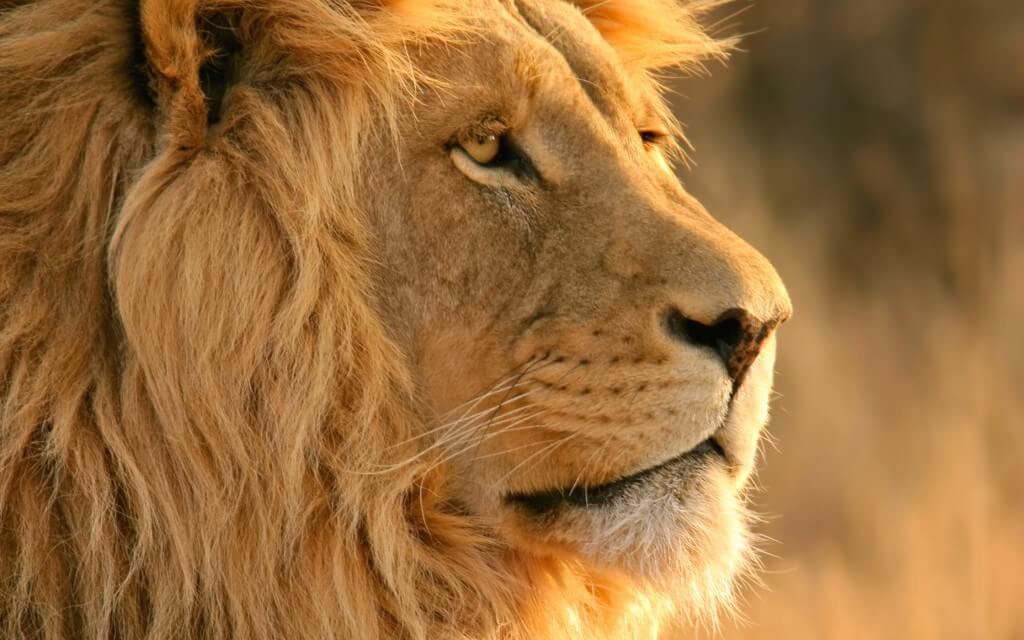Kruger National Park – South Africa’s Ultimate Safari Destination
Introduction to Kruger National Park
The Kruger National Park is South Africa’s flagship safari destination and one of the greatest wildlife reserves in the world. Spanning nearly 20,000 square kilometers, it is larger than many small countries and is world-renowned for its rich biodiversity, excellent safari infrastructure, and unforgettable wildlife encounters. Established in 1926, Kruger is South Africa’s oldest national park and continues to attract millions of visitors every year.
From the iconic Big Five Lion, Leopard, Elephant, Buffalo, and Rhino to over 500 bird species, Kruger National Park is a dream destination for nature lovers, photographers, and adventure seekers. With a mix of open savannahs, riverine forests, and rugged mountains, the park offers landscapes as varied as the wildlife it protects.
For many international visitors, Kruger is their first taste of Africa’s wilderness, and it truly never disappoints. But it also pairs beautifully with other destinations, such as the Hluhluwe–Imfolozi Park in KwaZulu-Natal or the iSimangaliso Wetland Park, St Lucia, giving travelers the chance to experience different safari styles in one South African trip.
Kruger National Park
Why Visit the Kruger National Park?
There are few places on Earth where you can see so much wildlife in a single day. Kruger National Park is home to more species of large mammals than any other African reserve. On one game drive you might see elephants crossing a river, hippos basking in the shallows, and a pride of lions resting under a shady acacia.
Beyond the Big Five, Kruger is famous for sightings of African Wild Dogs, Cheetahs, Giraffes, and more. The diversity is staggering, making it one of the best safari destinations for families, photographers, and first-time safari travelers.
Some of the top reasons to visit Kruger include:
-
World-class wildlife viewing with a high chance of Big Five sightings.
-
Variety of safari options including self-drive, guided day tours, and luxury lodge experiences.
-
Rich history of conservation as one of the first protected reserves in Africa, did you know that the Hluhluwe Imfolozi Park is the oldest proclaimed game reserve in Africa?
-
Accessibility with airports, tarred roads, and easy connections to Johannesburg, Nelspruit, and Hoedspruit.
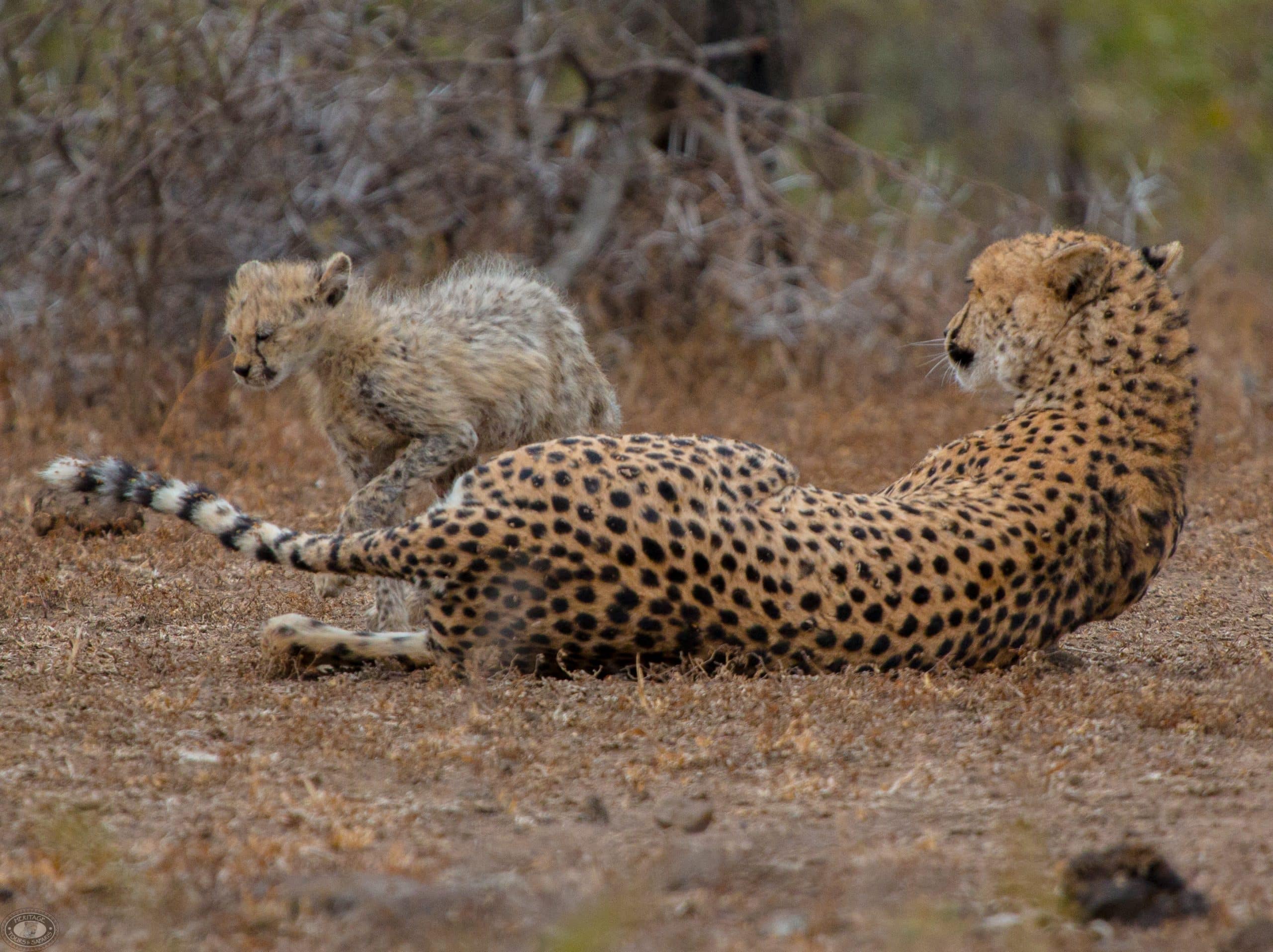
Wildlife in Kruger National Park
Kruger’s wildlife is legendary. With over 147 mammal species, the park is unmatched in Africa. Herds of Elephants roam the open plains, Leopards lurk in riverine trees, and vast herds of antelope cover the grasslands. Birdwatchers will be thrilled with species like the lilac-breasted roller, martial eagle, and saddle-billed stork.
Key highlights include:
-
Elephants – Kruger is home to some of the largest Elephant populations in Africa.
-
Lions – Over 1,600 Lions are spread throughout the park.
-
Leopards – Although elusive, Kruger is one of the best places to spot these cats.
-
Rhinos – Both Black and White rhinos are found here, though sightings are rare due to poaching threats.
-
African wild dogs – Endangered and rare, but Kruger remains a stronghold.
Every Safari in Kruger is different, which is part of the magic.

Kruger National Park
Best Time to Visit Kruger National Park
The park can be visited year-round, but the experience differs by season however:
-
Dry season (May–October) – Best time for wildlife viewing. Animals congregate around rivers and waterholes, and vegetation is thinner, making it easier to spot predators.
-
Wet season (November–April) – Lush green landscapes, newborn animals, and incredible birding opportunities. However, wildlife can be more spread out.
For photographers, the wet season provides stunning scenery, while the dry season offers higher chances of big game sightings.
Safari Options in Kruger National Park
Self-Drive Safaris
Kruger is one of the few African parks where self-driving is popular. Well-maintained tar and gravel roads allow visitors to explore at their own pace. This is a great option for budget-conscious travelers who want flexibility.
Guided Day Safaris
For a deeper experience, guided game drives are highly recommended. Trained rangers share insights about animal behavior, tracking, and the park’s ecosystems. Open safari vehicles also offer better visibility for photography.
For: Hazyview Big 5 Safaris For: Hoedspruit Big 5 Safaris From: Johannesburg 3 Day Safari
Multi-Day Safari Packages
Staying inside the park or in nearby private reserves allows guests to fully immerse themselves in the wilderness. Many lodges offer luxury accommodation, fine dining, and private game drives, providing a more exclusive experience.
Budget Kruger Package 3 Day Safari departing from Johannesburgh
Private Concessions
Within the greater Kruger area, several private concessions (such as Sabi Sands) border the park with no fences. These areas are famous for close-up Leopard sightings and luxurious safari experiences.

Kruger National Park vs. Hluhluwe–Imfolozi Park
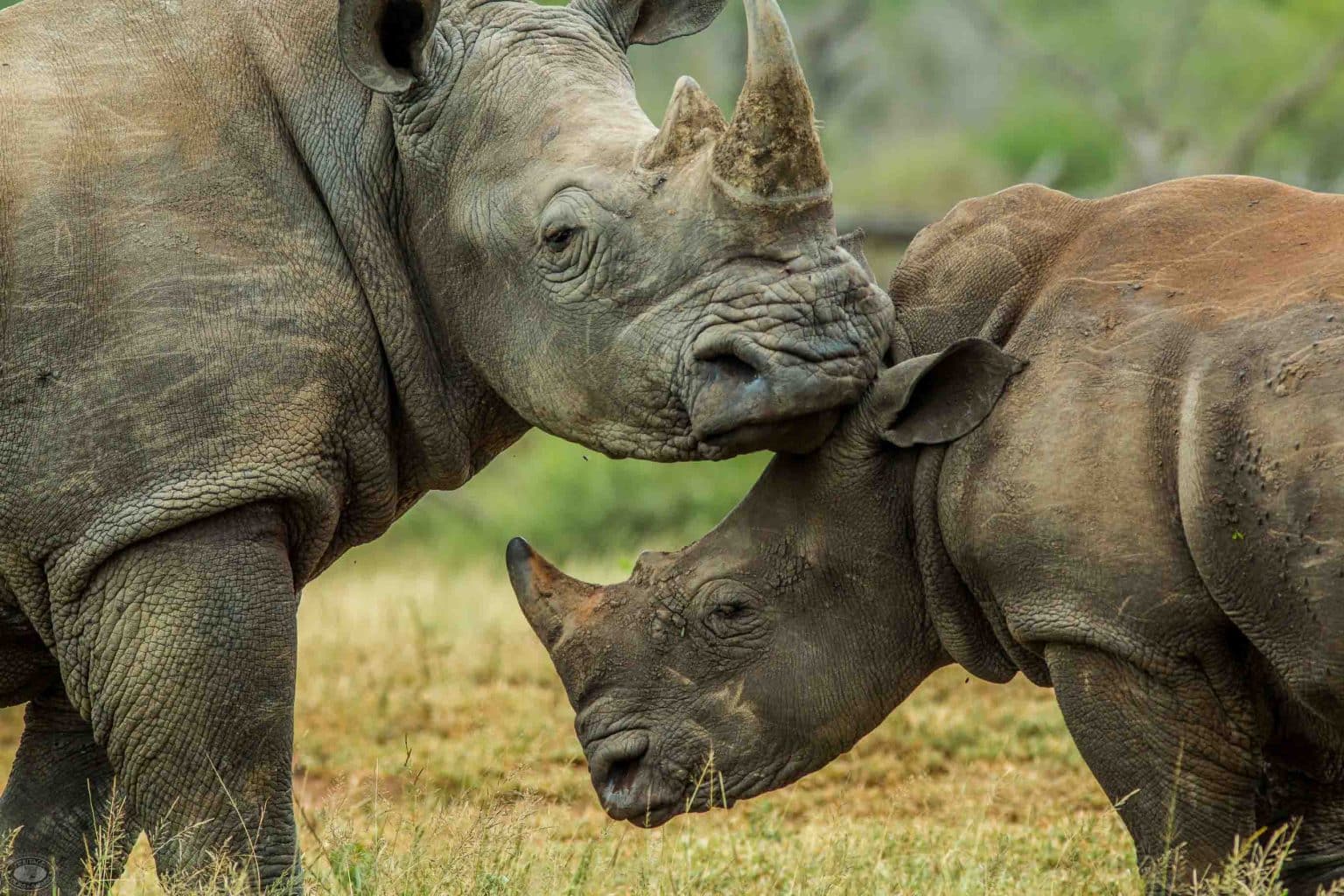
Kruger National Park
Accommodation in and Around Kruger National Park
Accommodation options are as diverse as the park itself:
-
SANParks Rest Camps – Affordable chalets, campsites, and bungalows inside the park.
-
Luxury Lodges – Exclusive lodges in private reserves like Sabi Sands and Timbavati.
-
Nearby Towns – Hazyview, Hoedspruit, and White River offer guesthouses and hotels for those staying outside the park.
Whether you want budget-friendly camping or all-inclusive luxury, Kruger caters to all preferences.
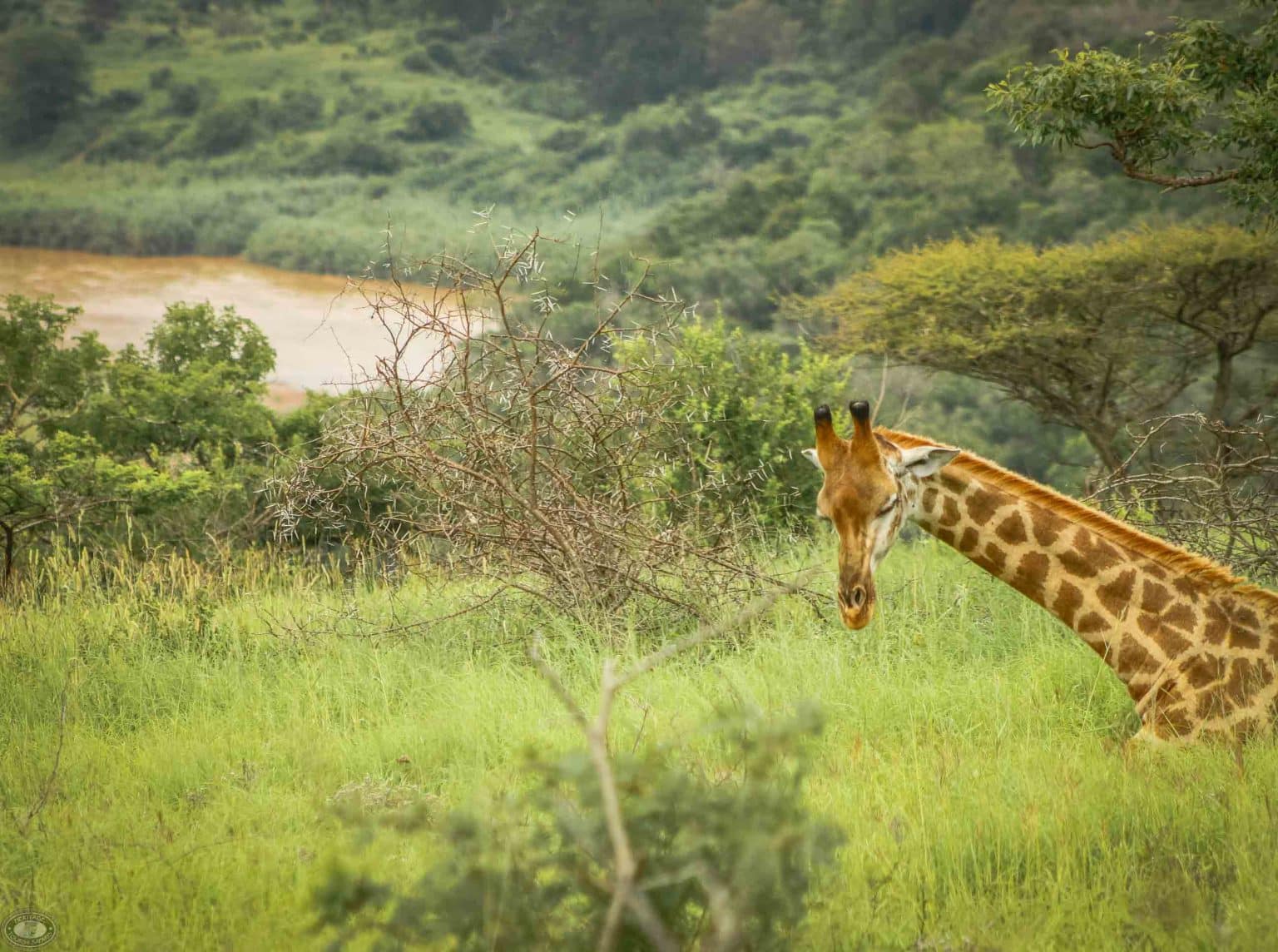
How to Get to Kruger National Park
-
By Air – Daily flights from Johannesburg, Cape Town, and Durban to Kruger Mpumalanga International Airport (Nelspruit), Skukuza, and Hoedspruit.
-
By Road – A 4–5 hour drive from Johannesburg to southern Kruger National Park gates.
For those traveling through KwaZulu-Natal, combining a safari in Hluhluwe–Imfolozi Park with a Kruger extension is a great way to experience both regions.
Why not have a look at our Hluhluwe Imfolozi Park Magnificent Overnight Safari Packages
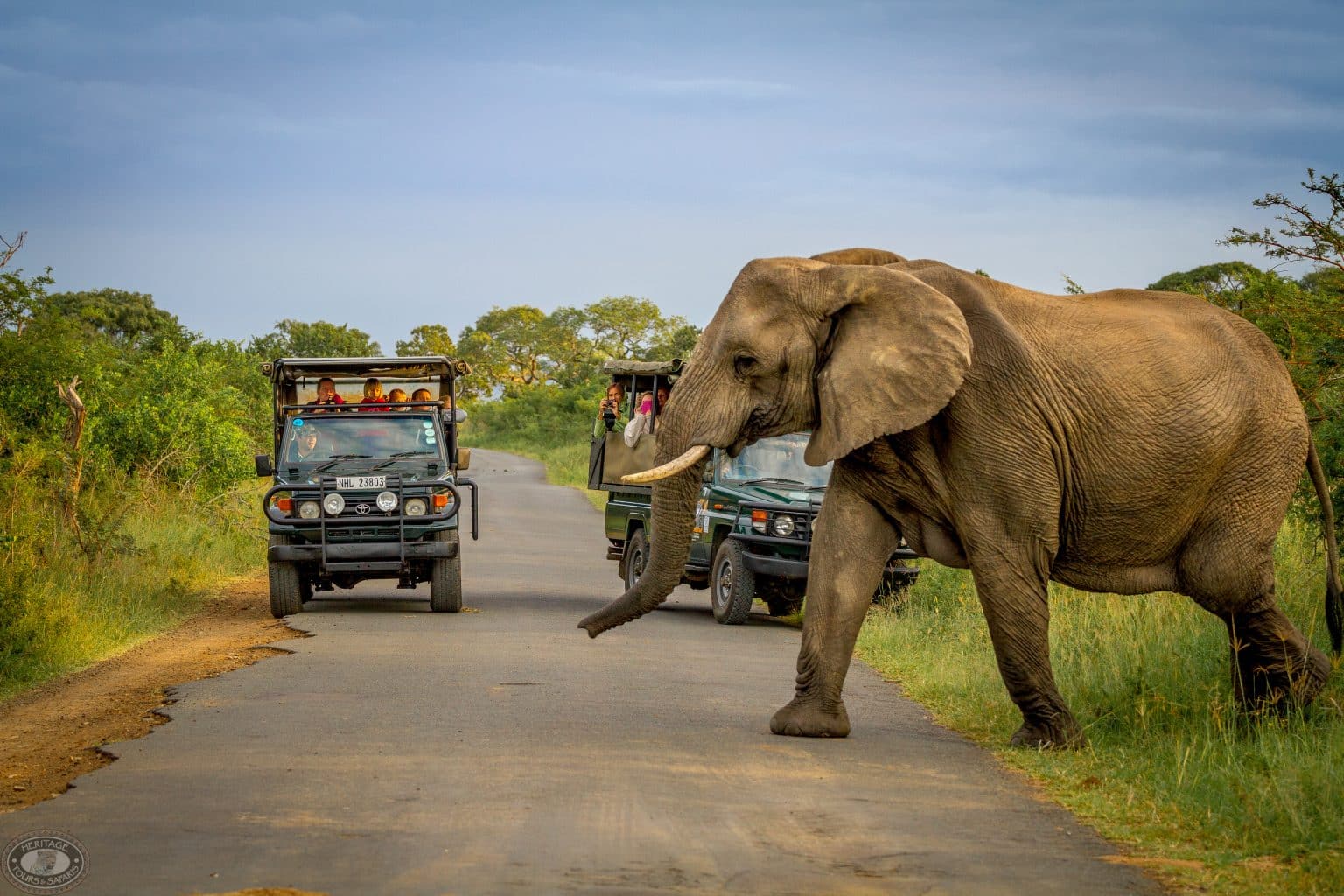
Conservation and History of Kruger National Park
Kruger National Park has been at the forefront of wildlife conservation for nearly a century. It was establishment in 1926 and was a groundbreaking step for Africa, setting the tone for future conservation areas. Today, the park plays a vital role in protecting endangered species like rhinos, wild dogs, and vultures. Like some History?
Research projects, anti-poaching units, and eco-tourism initiatives ensure that the Kruger National Park remains both a wildlife sanctuary and an economic driver for surrounding communities.
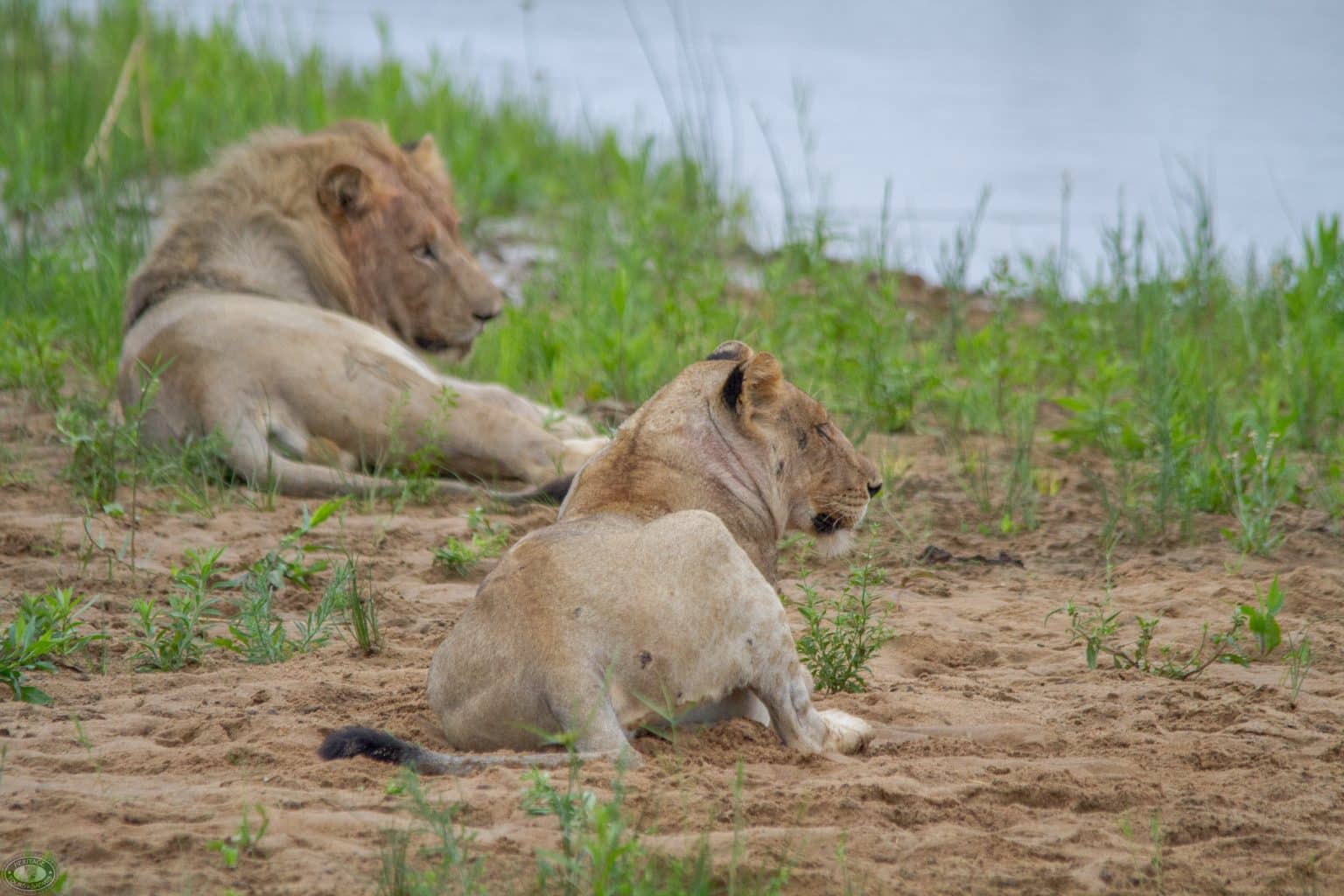
Combine Your Kruger Safari With Other Destinations

Final Thoughts – Plan Your Kruger National Park Safari
The Kruger National Park is not just a safari destination it’s a life-changing experience. From its incredible diversity of wildlife to its deep conservation legacy, Kruger National Park offers something truly special for every traveler. Whether you choose a self-drive, a guided safari, or a luxury lodge experience, the memories you create here will last forever.
If you’re considering a safari in South Africa, why not combine the grandeur of Kruger with the intimacy of Hluhluwe–Imfolozi Park and the natural wonders of iSimangaliso Wetland Park? Together, they showcase the very best of South Africa’s wilderness.
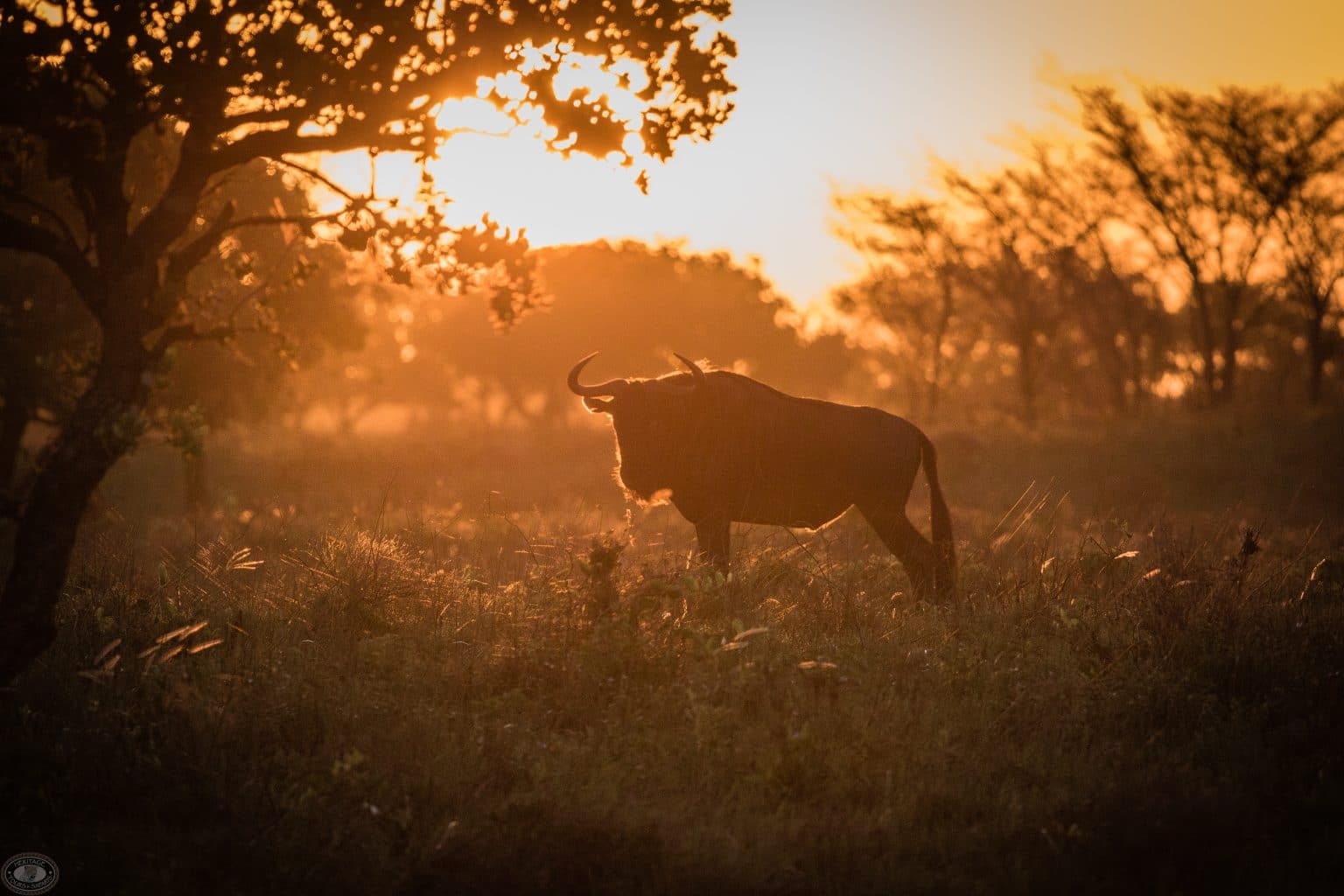
Frequently Asked Questions about Kruger National Park
The Kruger National Park is found in northeastern South Africa, covering parts of Limpopo and Mpumalanga provinces. It stretches to the borders of Mozambique and Zimbabwe, making it one of Africa’s most accessible and iconic reserves.
Kruger is famous for its Big Five: lion, leopard, elephant, buffalo, and rhino. You can also spot cheetahs, giraffes, zebras, crocodiles, hippos, wild dogs, and over 500 bird species throughout the park.
The dry season (May to October) is the best time for game viewing, as wildlife gathers around rivers and waterholes. The wet season (November to April) offers lush scenery, bird migrations, and newborn animals.
Yes, Kruger is one of the few African reserves where self-driving is highly popular. The park has a vast network of tar and gravel roads, making it safe and easy to explore in your own car. Guided game drives are also available for expert insights and better wildlife spotting.
You can fly into Skukuza, Hoedspruit, or Kruger Mpumalanga International Airport with daily flights from Johannesburg, Cape Town, and Durban. If traveling by car, expect a 4–5 hour drive from Johannesburg to the southern park gates.

